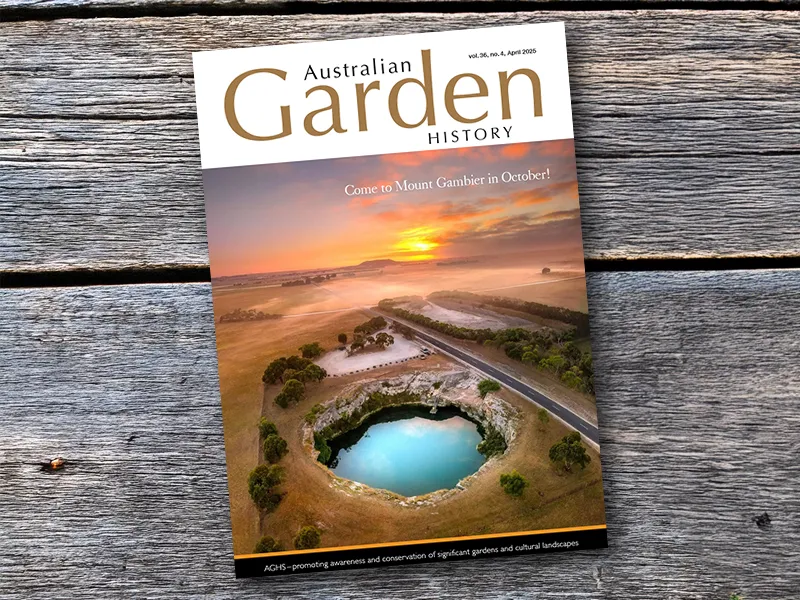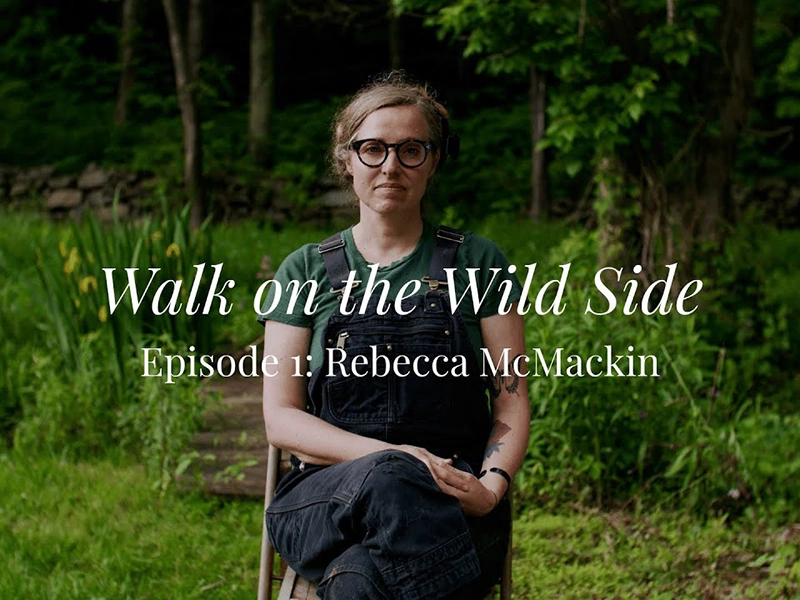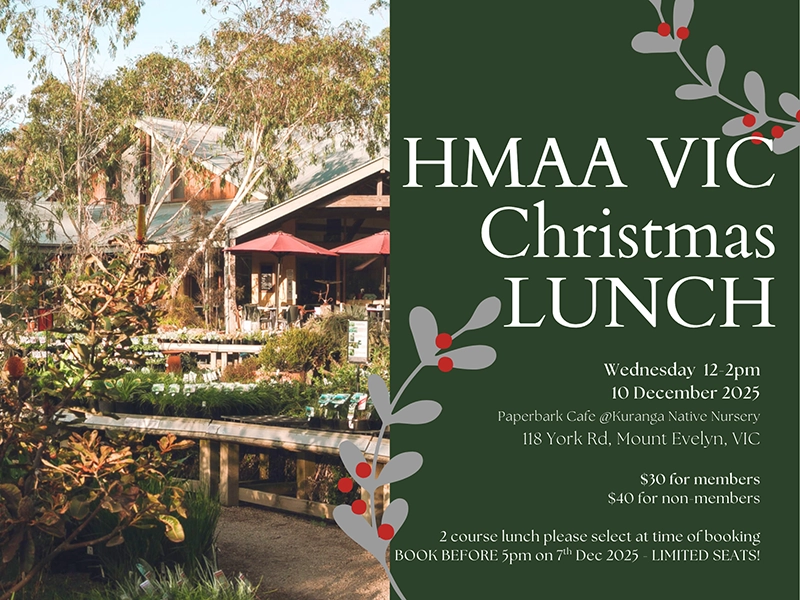Media Release, March 2025
Ways of seeing landscape
For millennia human beings have cultivated, and thus changed, the land. Dates were one of the very first crops to be planted. Dot Evans relates the history of their cultivation in Australia.
Drone photography gives us a whole new perspective on the landscape, as the shot on this issue’s cover shows. Jarrod Andrews used a drone at sunrise to capture the scale of the Little Blue Lake near Mt Gambier. We are using his image to entice people to the AGHS’s 45th annual conference being held in Mt Gambier from 31 October to 2 November. Registrations open on 1 May 2025.
Ian Terry’s black and white photography conveys the ‘uninnocence’ of landscapes that have seen dispossession, such as the Country Aboriginal Tasmanians were forced to leave in the 19th century. Terry borrows the term from British writer Robert Macfarlane who sees these uninnocent places as ‘an archive of history’s dark and light’.
The very idea of landscape is defined by the human gaze. In country gardens the wide brown land is often framed by large exotic trees and a touch of colour, from roses or lavender. That’s certainly the case in gardens in the Cootamundra district, nurtured over generations, as Sherryn Datoo explains.
Beautifying the landscape was high on the agenda in the early 20th century. In Brisbane, Alexander Jolly transformed the inner city with his plantings, including grand Moreton Bay figs that now shade the suburbs. The efforts of successive superintendents and gardeners at Kenmore, a former psychiatric institution in Goulburn, NSW, to create therapeutic garden spaces have fared less well. The site is now on the AGHS’s list of landscapes at risk.
Living in a landscape that resonates can unleash creative energy. That was the case for English writer Patrick Leigh Fermor, and his photographer wife Joan, who chose to live in a remote part of Greece. There they built a house and garden at Kardamyli that inspired many, including Trisha Dixon, whose article and photographs show why.
John Taylor pays tribute to Glenn Cooke, art historian, curator, avid collector and gardener. Cooke leaves behind an impressive contribution to understanding the cultural landscape of Queensland, defined by its moniker the Sunshine State.
-ends-
Australian Garden History is the quarterly journal of the Australian Garden History Society (AGHS).
It is available at https://www.gardenhistorysociety.org.au/shop/
To arrange an interview with any of the journal’s authors, contact Francesca Beddie, editor@gardenhistorysociety.org.au or
0418 645 181.





